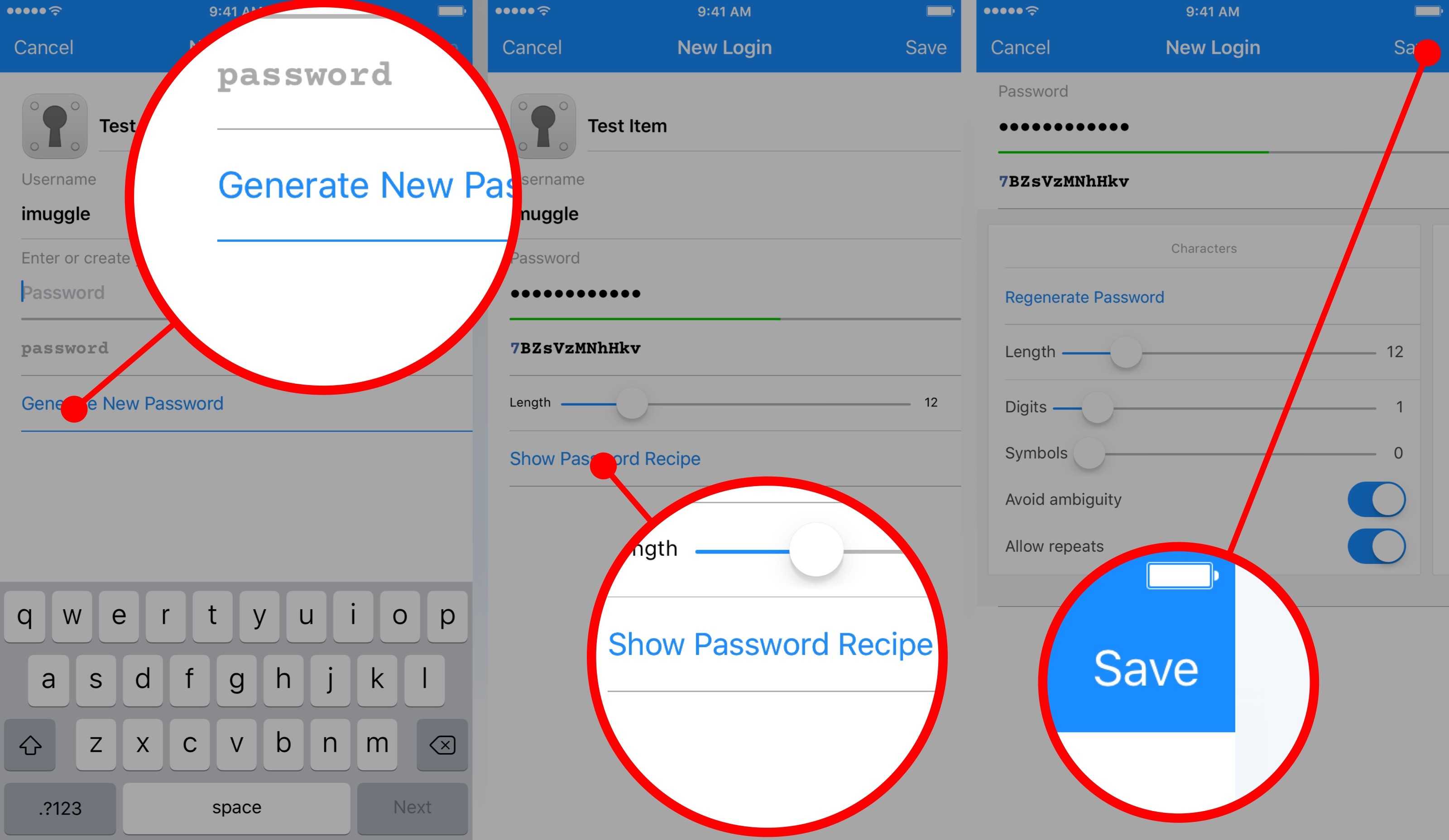

😍Īnd that’s just the tip of the iceberg. Here I am publishing my website, directly from within VSCode. With op you can overpower your development environment and unlock an endless world of possibilities. Manage your CI/CD pipelines and Docker containers, send Slack messages, browse Elasticsearch logs, or run deployment commands using the integrated Terminal.Īll of these need secrets to connect you before you can get your job done. IDEs are so powerful these days and with extensions you can do practically anything without switching apps. And if you have an Apple Watch you’re able to publish to NPM or anywhere else directly from your wrist! 😎 An OP IDE $ npm publish -otp $(op item get npmjs -otp )ġPassword will ask you to confirm access before proceeding. $ alias npm = "op run -env-file= $HOME /.config/op/npm-env - npm" NPM_AUTH_TOKEN =npm_FDQkqhf78jAcledwxxxxxxxxxxxxxx3vXdSH Let’s see how this looks for publishing an NPM package. Thankfully op gives you access to everything you need during development or when publishing new releases, including TOTP codes. While this improved security, it hurt productivity. Many systems tried to overcome the inherent insecurity of plain text RC files by requiring you to enter a one-time password. Let’s see what else we can do with this sorcery. Inside the Development vault, within the AWS item, we see the fields access_key_id and secret_access_key have the secrets we’re looking for.īehind the scenes 1Password finds this item and confirms that your shell program is authorized before giving the secrets to op, which in turn configures the ideal environment for aws to run within.Įven after knowing how the magic works my mind is still blown about how cool this is. These variables use the secret reference syntax to specify that their values need to be loaded from 1Password. AWS_ACCESS_KEY_ID =op://development/aws/access_key_idĪWS_SECRET_ACCESS_KEY =op://development/aws/secret_access_key


 0 kommentar(er)
0 kommentar(er)
